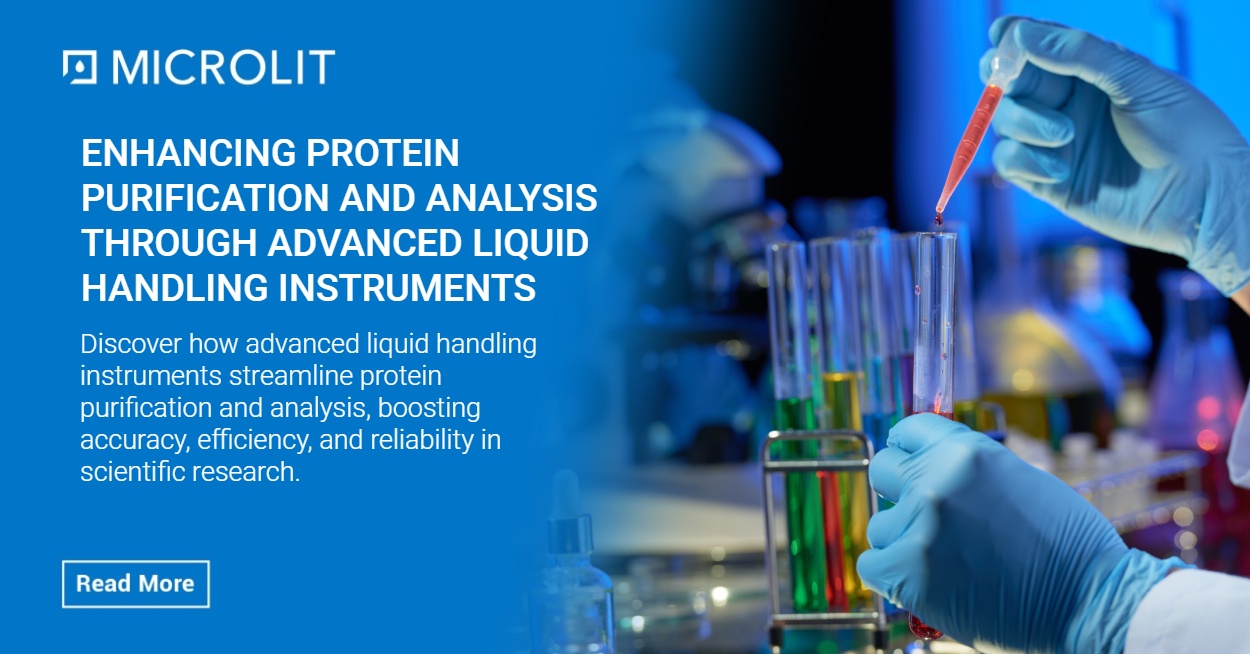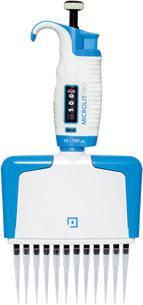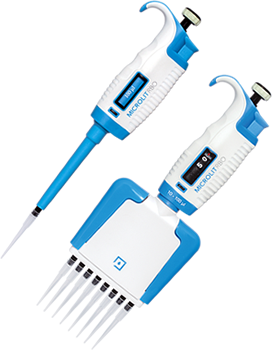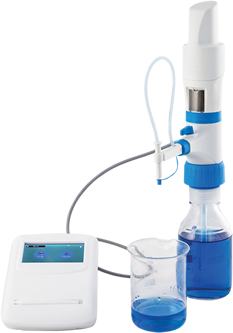The precision of liquid handling is pivotal for achieving accurate and reliable results in protein purification and analysis. Instruments like pipettes, bottle-top dispensers, and burettes are crucial for managing and transferring liquids with exact measurements throughout the purification and analytical procedures. These tools ensure that each step, from solution preparation to assay execution, is performed with high accuracy, minimizing errors and enhancing the overall efficiency of the process. By leveraging these liquid handling instruments, researchers can improve the quality and reproducibility of their results, making them indispensable in both research and industrial settings. This article delves into the importance of liquid handling instruments in protein purification and analysis, highlighting their role in enhancing efficiency, reproducibility, and accuracy.
Introduction: Protein Purification
Protein purification is a fundamental process in the field of biotechnology, molecular biology, and biochemistry. It involves isolating a specific protein of interest from a complex mixture of proteins, cells, or tissues. This process is essential for various applications, including drug development, structural biology, and enzyme studies. Protein analysis, on the other hand, refers to the techniques used to study the properties, structure, and functions of proteins after they have been purified. Together, protein purification and analysis form the backbone of many scientific research and industrial applications.
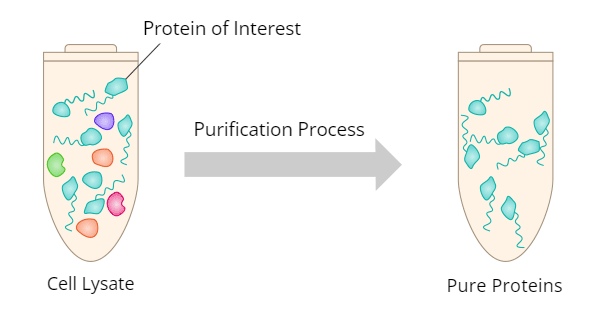
Understanding Protein Purification: How does it work
Protein purification is a process to isolate and purify a specific protein from a complex mixture within a biological sample. This process begins with cell lysis, which breaks open cells to release the target protein while removing contaminants like other proteins, nucleic acids, lipids, and carbohydrates. Effective protein purification involves several steps, including sample preparation, protein isolation, purification, quantification, and analysis. Each step is crucial for achieving a high level of purity and accuracy in the final protein product.
-
Cell Lysis:
The first step in protein purification involves breaking open cells to release their contents, including the protein of interest. Various methods such as sonication, enzymatic digestion, or mechanical disruption can be used for cell lysis.
-
Clarification:
Following cell lysis, the mixture is clarified to remove large particles, such as cell debris, by centrifugation or filtration. This step helps in preparing the sample for the subsequent purification steps.
-
Protein Separation:
This is the core step of the purification process, where proteins are separated based on their properties such as size, charge, solubility, and affinity. Techniques such as chromatography (e.g., ion exchange, affinity, size exclusion) are commonly used to achieve this.
-
Protein Concentration:
After separation, the protein of interest is concentrated to a suitable level for further analysis or use. This can be done using methods like ultrafiltration or precipitation.
-
Protein Analysis:
Once purified, the protein is analyzed to confirm its identity, purity, and activity. Techniques like SDS-PAGE, mass spectrometry, and enzyme assays are commonly employed for this purpose.
Protein Analysis: Ensuring Purity and Functionality
Protein analysis is the next critical step following purification. The primary goals of protein analysis are to confirm the identity of the protein, assess its purity, and determine its concentration and activity. Several techniques are employed in protein analysis, including:
-
Electrophoresis:
SDS-PAGE is a widely used technique that separates proteins based on their molecular weight, allowing researchers to assess the purity and size of the protein.
-
Mass Spectrometry:
This technique provides detailed information about the molecular weight and sequence of the protein, confirming its identity.
-
Spectroscopy:
UV-Vis spectroscopy is often used to determine protein concentration by measuring absorbance at specific wavelengths.
-
Enzyme Assays:
For enzymes, activity assays are conducted to ensure that the purified protein retains its functionality.
These techniques provide a comprehensive understanding of the protein’s characteristics, essential for downstream applications such as drug development or structural studies.
Importance of Liquid Handling Instruments in Protein Purification and Analysis
Accurate and precise liquid handling is vital at every stage of protein purification and analysis. The use of pipettes, bottle-top dispensers, and burettes plays a crucial role in ensuring the reliability and reproducibility of results.
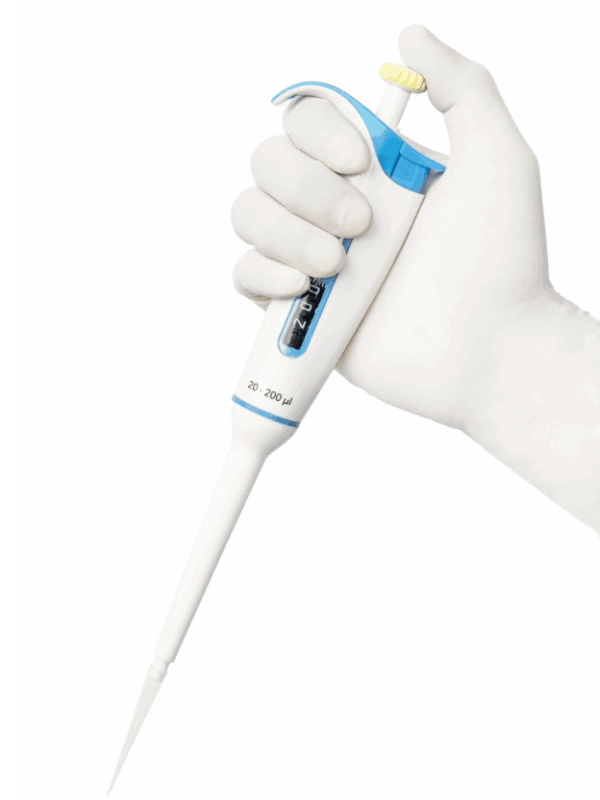
-
Pipettes: Precision in Small Volumes
Pipettes are essential tools for accurately measuring and transferring small volumes of liquids. In protein purification, pipettes are used for tasks such as preparing buffers, adding reagents, and transferring samples between containers. Precision pipetting ensures that each step is carried out with the correct volume, which is critical for maintaining the integrity of the protein sample.
Key Advantages:
- High precision and accuracy
- Minimized risk of cross-contamination
- Flexibility in handling various liquid types
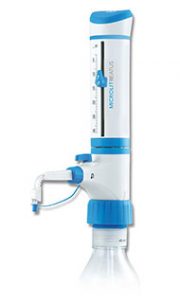
-
Bottle-Top Dispensers: Efficiency in Repetitive Tasks
Bottle top dispensers are designed for dispensing precise volumes of liquids directly from reagent bottles. They are particularly useful in protein purification for tasks that require the repeated addition of the same reagent, such as during column chromatography or buffer preparation. By automating the dispensing process, bottle-top dispensers reduce manual errors and improve efficiency.
Key Advantages:
- Consistent dispensing of large volumes
- Time-saving for repetitive tasks
- Reduced risk of handling errors

-
Burettes: Precision in Titration
Burettes are commonly used in titration, a technique often employed in protein analysis to determine the concentration of a substance in a solution. Burettes allow for the controlled addition of titrant, ensuring that the endpoint of the titration is reached with high precision. This is particularly important in assays where accurate measurements are critical for calculating protein concentration.
Key Advantages:
- High accuracy in titration
- Controlled and gradual addition of liquids
- Essential for quantitative analysis
Protein purification and analysis are intricate processes that require careful attention to detail and precision. The use of liquid handling instruments such as pipettes, bottle-top dispensers, and burettes is essential in ensuring the accuracy, efficiency, and reproducibility of these processes. Whether preparing buffers, conducting chromatography, or performing titrations, these instruments play a vital role in achieving reliable results.
As the demand for purified proteins continues to grow in research and industry, the importance of using high-quality liquid handling instruments cannot be overstated. By investing in reliable and precise tools, researchers can ensure the success of their protein purification and analysis workflows, ultimately advancing our understanding of proteins and their applications in science and medicine.
Microlit offers a range of precision liquid handling instruments designed to enhance protein purification and analysis. From accurate pipettes to reliable burettes and dispensers, Microlit products ensure consistency and precision in every step of the process. These instruments are engineered to support the complex demands of protein analysis, helping researchers achieve reliable results and streamline their workflows. To know more about these products, contact us at info-usa@microlit.com or visit our website https://www.microlit.us/shop/.






 1131
1131